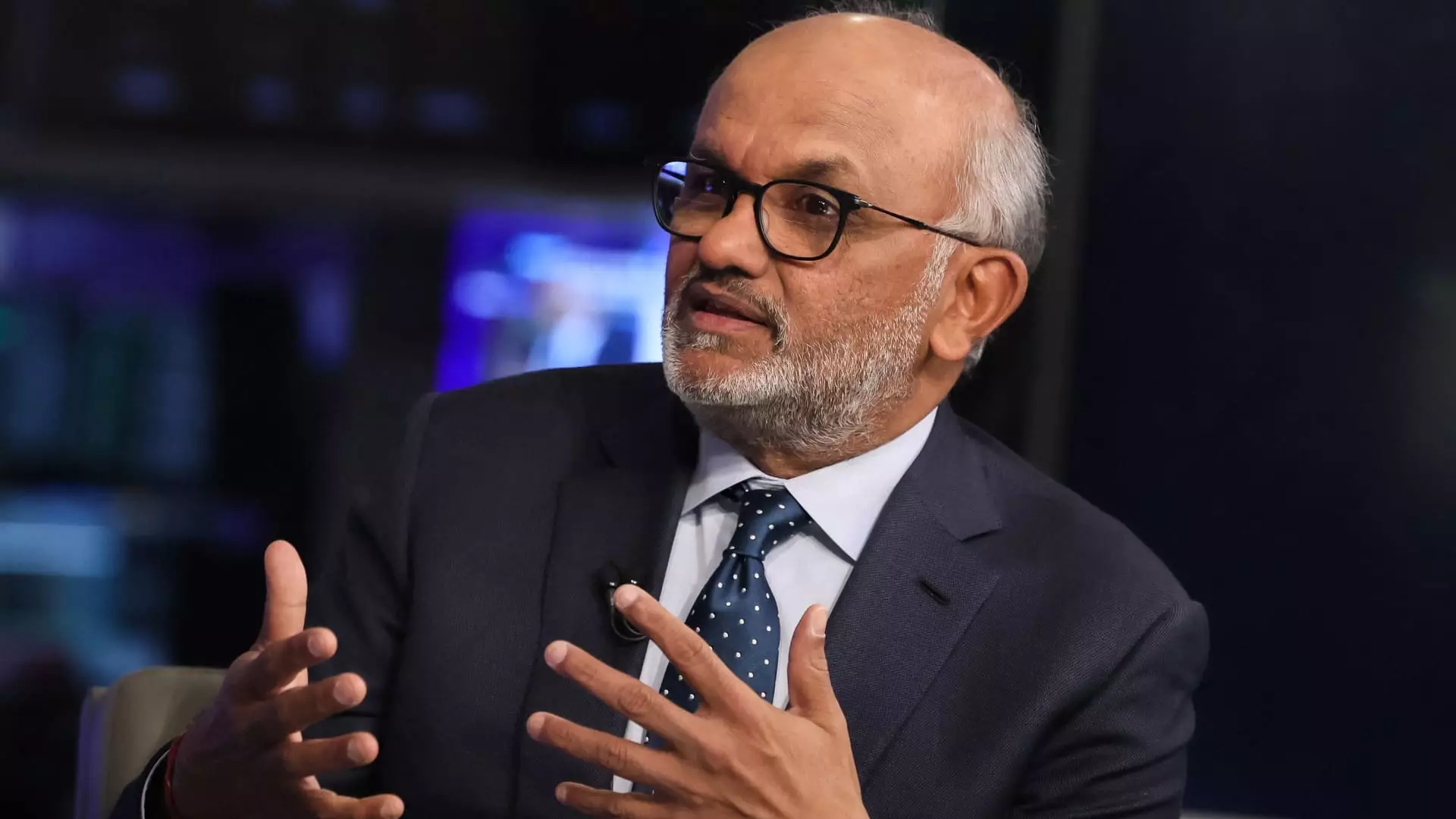On a tumultuous Thursday, Adobe Systems Incorporated experienced a significant decline in its stock price, plummeting by 14%. This marked its most considerable drop since September 2022, a clear indicator of investor concern following the company’s disappointing revenue guidance. After revealing its fiscal first-quarter projections during a quarterly earnings report late on Wednesday, Adobe stated it anticipated sales between $5.63 billion and $5.68 billion. These figures fell short of analysts’ expectations, who had projected an average revenue of $5.73 billion, as per the latest data from LSEG. This divergence from anticipated performance raised eyebrows across the market and led to swift reactions from financial analysts.
Post-announcement, analysts reacted differently, further amplifying the uncertainty surrounding Adobe’s future. TD Cowen downgraded Adobe’s stock rating from “buy” to “hold,” reflecting a more cautious stance on the company’s outlook. Conversely, Wells Fargo retained its “buy” rating but expressed discontent with the company’s performance, dubbing the upcoming year a “frustrating ‘24.” This mixed reception has contributed to a broader narrative that now sees Adobe’s stock down by approximately 20% since the start of the year, a stark contrast to the Nasdaq’s robust gain of 33%. The entire situation invites scrutiny into whether stockholder sentiment is fueled more by speculative foresight than by intrinsic company performance.
Despite the adverse market reaction, it is worth noting that Adobe’s fourth-quarter results did reveal some positive aspects. The company’s adjusted earnings per share stood at $4.81, surpassing the average analyst estimate of $4.66. Additionally, it reported a revenue increase of 11%, amounting to $5.61 billion, which is above the consensus estimate of $5.54 billion. These metrics highlight that, while the immediate forecasts may disappoint, the company has been executing well in the short term.
Central to Adobe’s growth strategy is its focus on monetizing generative artificial intelligence. The introduction of standalone offerings, such as Firefly for image generation and enhancements across the Creative Cloud, has been pivotal to the company’s trajectory. While these innovations present a promising avenue for growth, they also bear risks; the competitive landscape in AI technology continually evolves, and Adobe must adapt swiftly to keep pace. Deutsche Bank, while also maintaining a “buy” rating, adjusted its target price from $650 to $600, reflecting an acknowledgment of these challenges and the need for investors to have “faith” in Adobe’s long-term potential.
The mixed financial performance and stock reactions highlight a critical juncture for Adobe. Investors are left weighing the company’s short-term performance against its future potential in the rapidly changing technological landscape. With significant contributions from emerging fields like generative AI, the question remains whether Adobe can convert current innovations into sustained financial success. As analysts align their expectations and adjust stock valuations, stakeholders will be keenly observing Adobe’s next moves as they navigate an increasingly competitive market.

